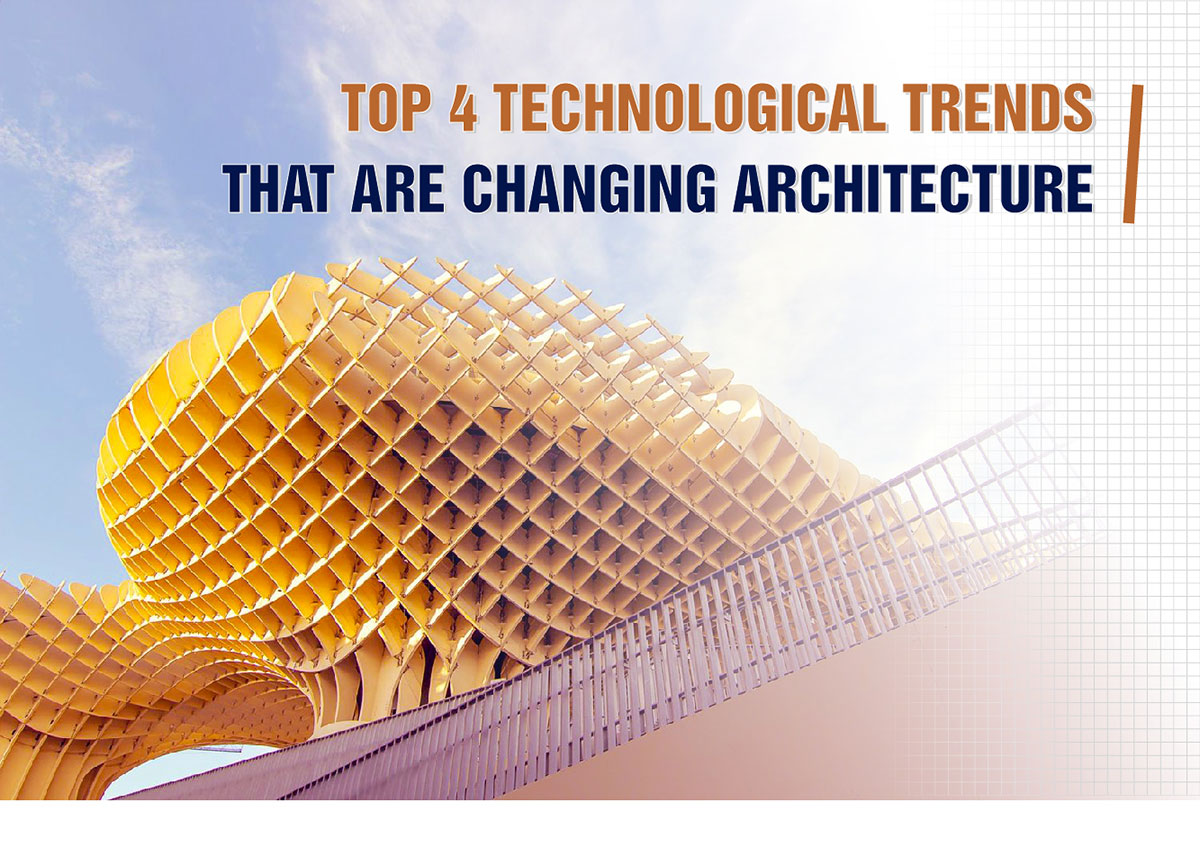
The technological advancement in the construction and architectural industry not only stop just at using apps for project management and blueprint digitization but also gradually change the way buildings are designed and built.
Here are four top technological trends that are poised to change construction and architecture as we have known:

The touchable hologram (named “Fairy Lights”) could be very useful, helping engineers and architects to see exactly at a smaller scale how their building looks and whether it needs improvements.
By using Femtosecond technology fires a high-frequency laser in pulses lasting one femtosecond (millionth of a billionth of a second) and combined with mirrors and cameras, the rapid high-intensity lasers direct tiny light points called voxels in certain directions to produce images of up to 200,000 dots per second of resolution.
We can touch the hologram which we can make changes in it as we become a part of the laser circuit. So we can add or delete parts of the hologram if needed.

Virtual Reality (VR) is helping the architects bridge the divide between ideas and the clients’ perception of them, letting us effectively simulate future architecture on virtual platforms, which saves time and costs for the parties.
While Augmented Reality (AR) is that it allows eliminating the roadblocks in a design decision-making process and testing buildings before they are actually constructed. It allows using a model-based construction that would allow construction happening at shorter time-frames. The idea is that AR applications can provide a more accurate view of what will be built, including all layers of materials and installations that are often complex to understand through drawings.
For this, adding them in 3D plans and virtual model holograms are used to improve the understanding of the project and facilitate the execution of projects: the ability to see through walls and understand the path of the technical installations facilitates the process, reduces the possibility of errors, and even guides the construction of complex geometries.

Parametric design is something that’s also slowly making waves in the architectural industry. With parametric design, architects don’t just design a building, they can build and control shapes using a series of parameters (dimensions, patterns, wall thickness,…). This means that they are now able to design buildings that might have been deemed impossible to design before.
Besides, combining with modern 3D Printing helps to improve efficiency and solve problems:
We can visualize the architectural designs better.
Reduce the time spent on creating architectural scale models.
Models are printed in great quality and come in many materials.
Easily re-edit, re-use and re-print the architectural 3D models.

Carbon concrete is made a graphene composite – dubbed as the super material of the future because it is thinner than paper but is stronger than steel.
In carbon concrete, graphene is added to concrete in a variety of ways, resulting in a stronger and lighter construction material which doesn’t corrode. This kind of material can revolutionize construction and architecture in ways that we have never seen before, and can completely change the way buildings will be built in the near future.
At the rate that this material is being developed and researched, it won’t be long before we will see buildings and houses made out of carbon concrete composite.
According to dzinetrip.com



